Consistent Water Flow Toilet Flush Tank Fitting Quick Fixing 3L/6L
|
Detailed Product Description
Effortless Assembly and Consistent Water Flow with Our Professional Toilet Tank FittingKey attributes
Types of Toilet Tank Fittings Fill Valves
Flush Valves
Choosing the Right Toilet Tank Fittings Compatibility
Quality and Durability
Water Conservation Features
|
| Product Tags: Toilet Flush Tank Fitting 3L Quick Fixing Flush Tank Fitting 6L Toilet Flush Tank Fitting |
Related Products
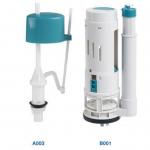
|
Adjustable Height Flush Valve Toilet Tank Fittings For One Piece Toilets |
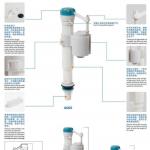
|
Sanitary Ware Bathroom Flush Tank Fitting Mechanism Dual Flush Valve For Toilet |
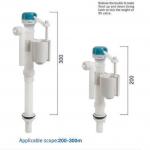
|
Inlet Outlet Valves Toilet Cistern Fittings Repair Kits For Toilet Cistern Mechanism |
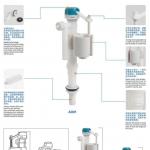
|
Dual Flush Toilet Water Tank Fittings All In One Sanitary Ware Toilet Water Valve |
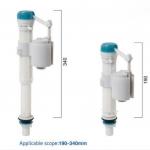
|
ABS Toilet Cistern Mechanism With Dual Flush Toilet Valve And Fill Valve |

|
ABS Upc Toilet Flush Tank Accessories With Dual Concealed Flush Valve Push Button |
Email to this supplier

